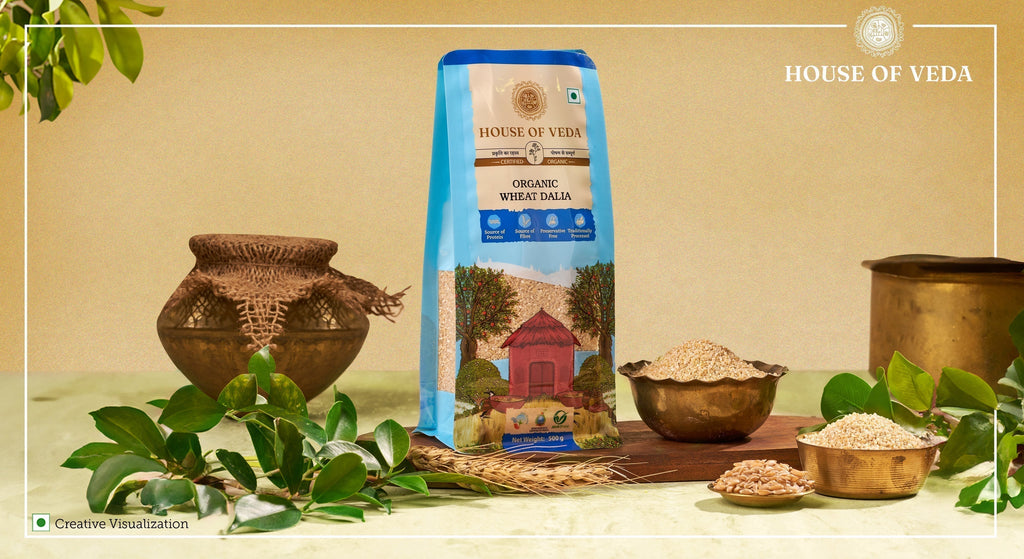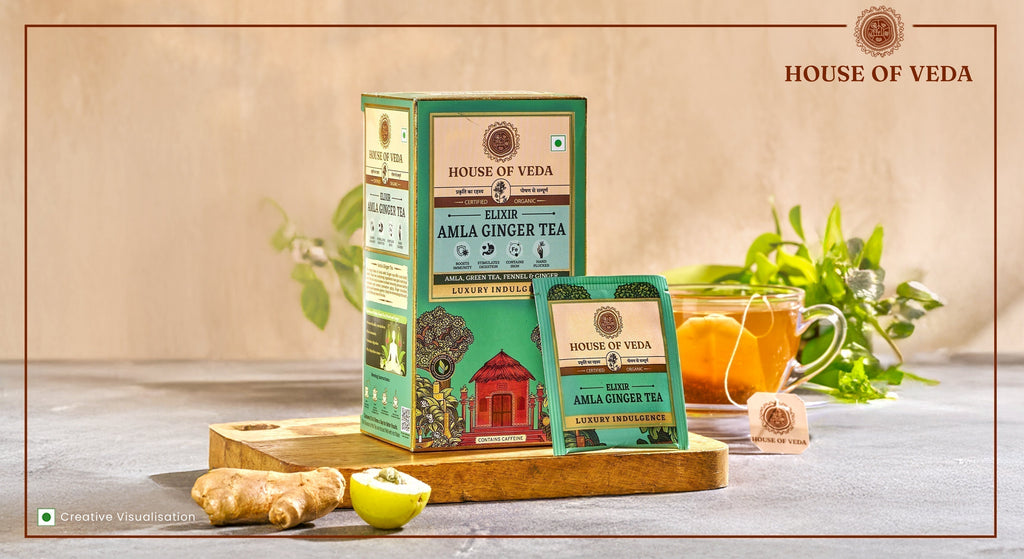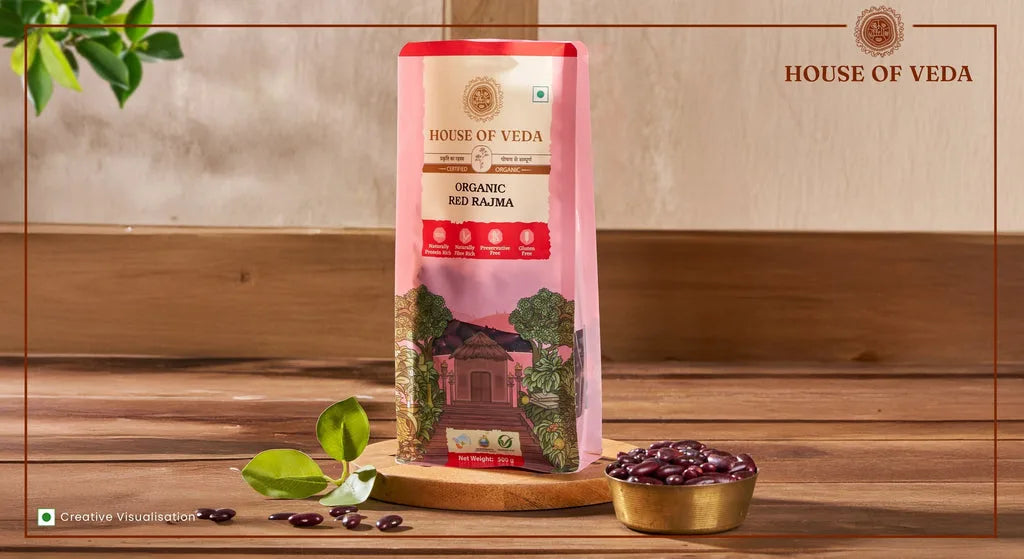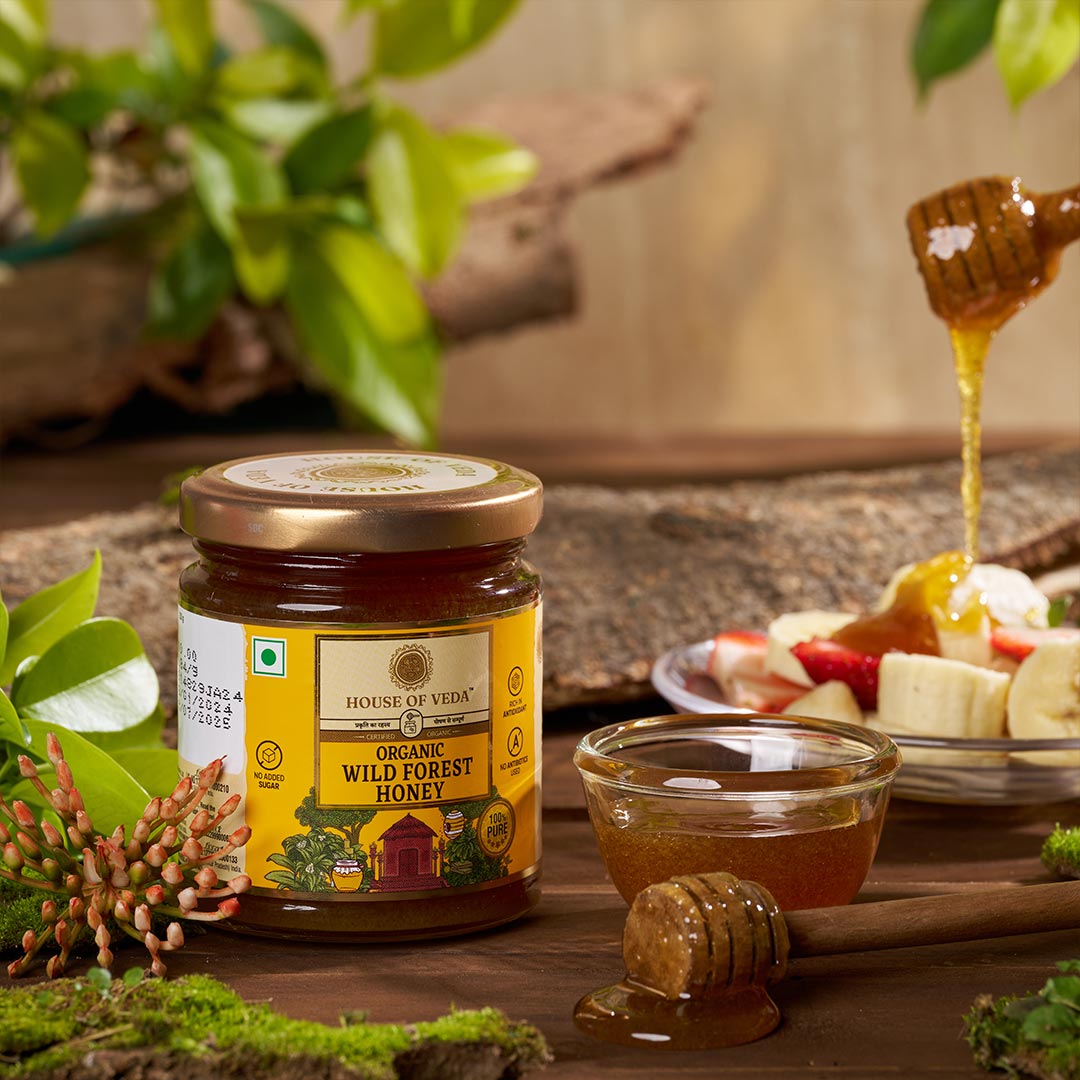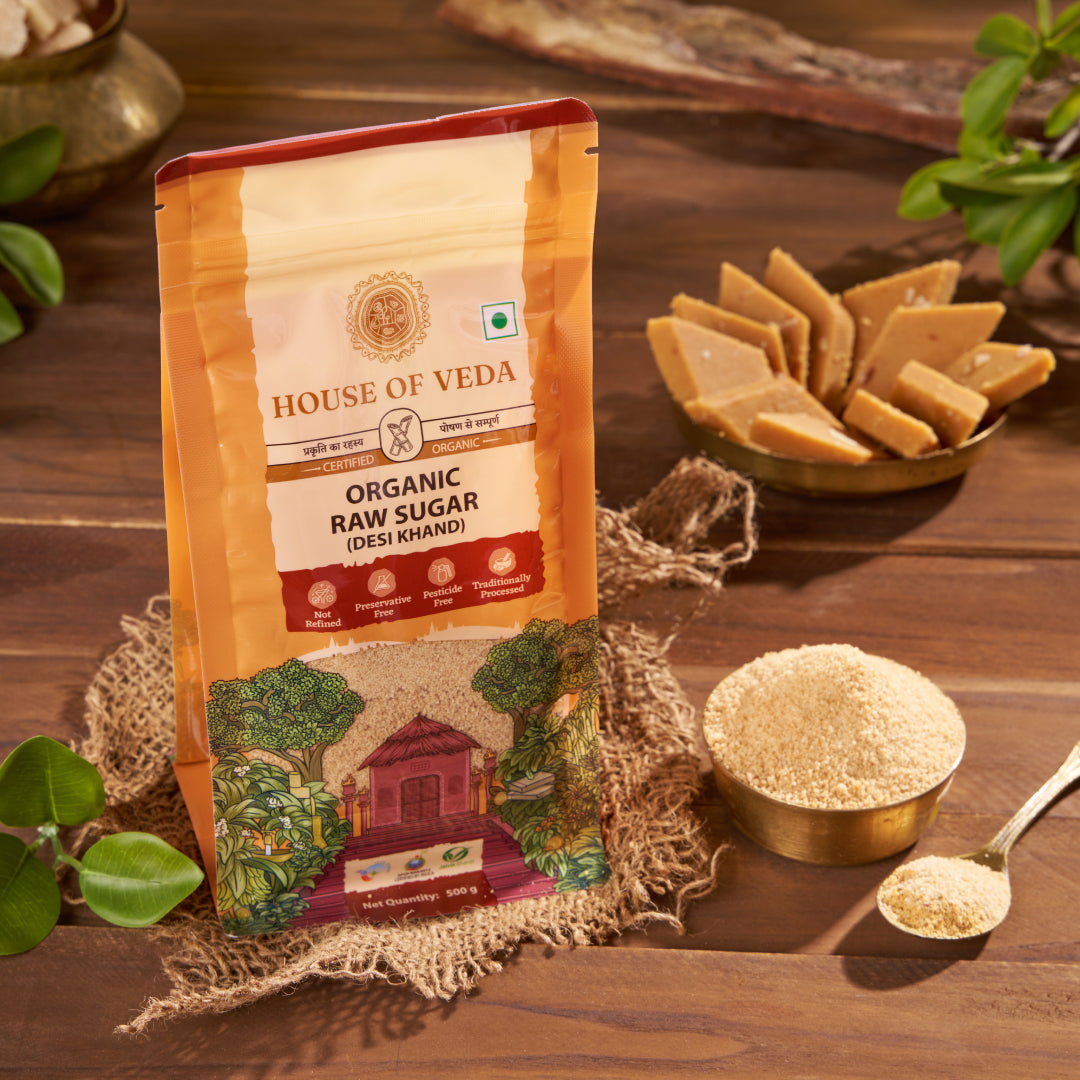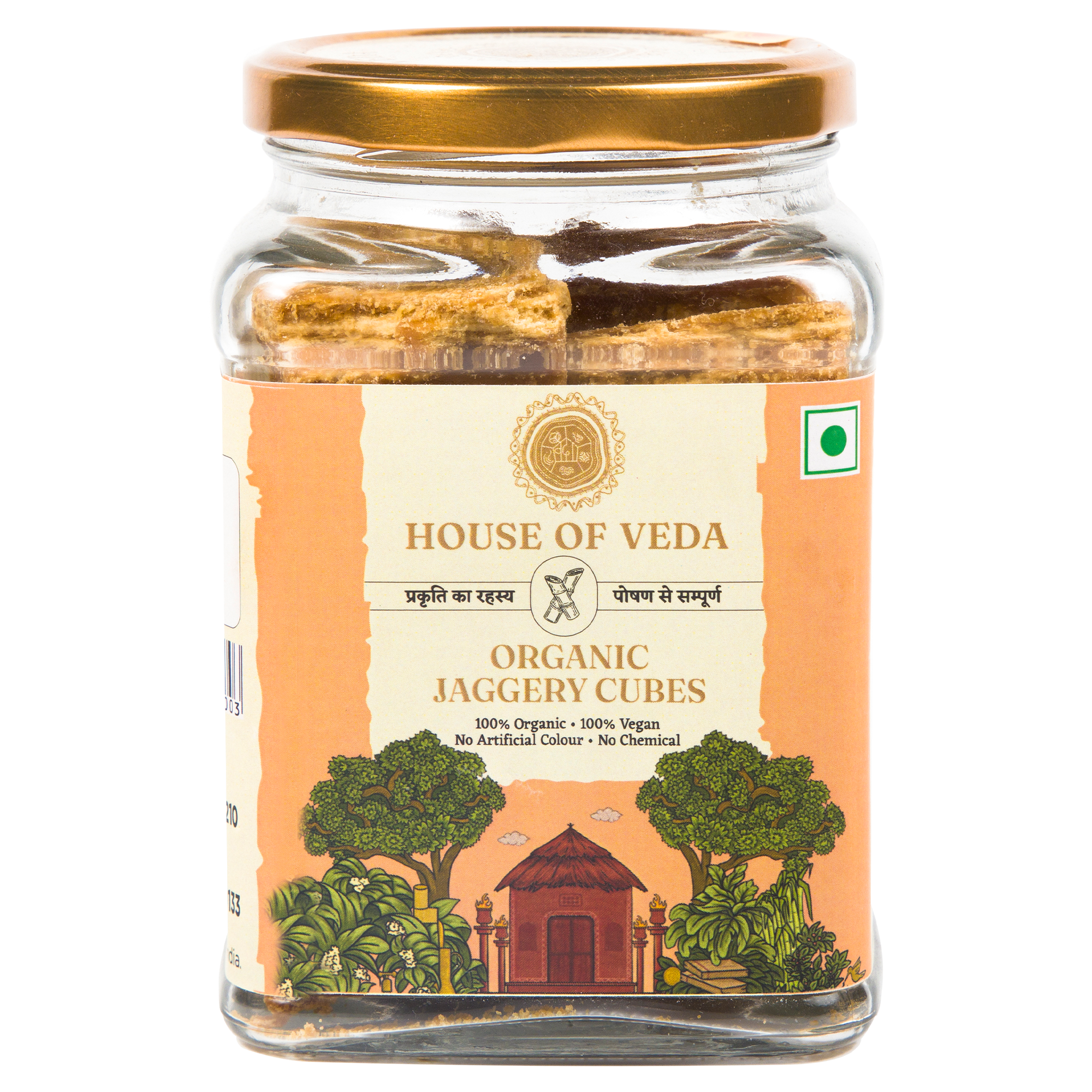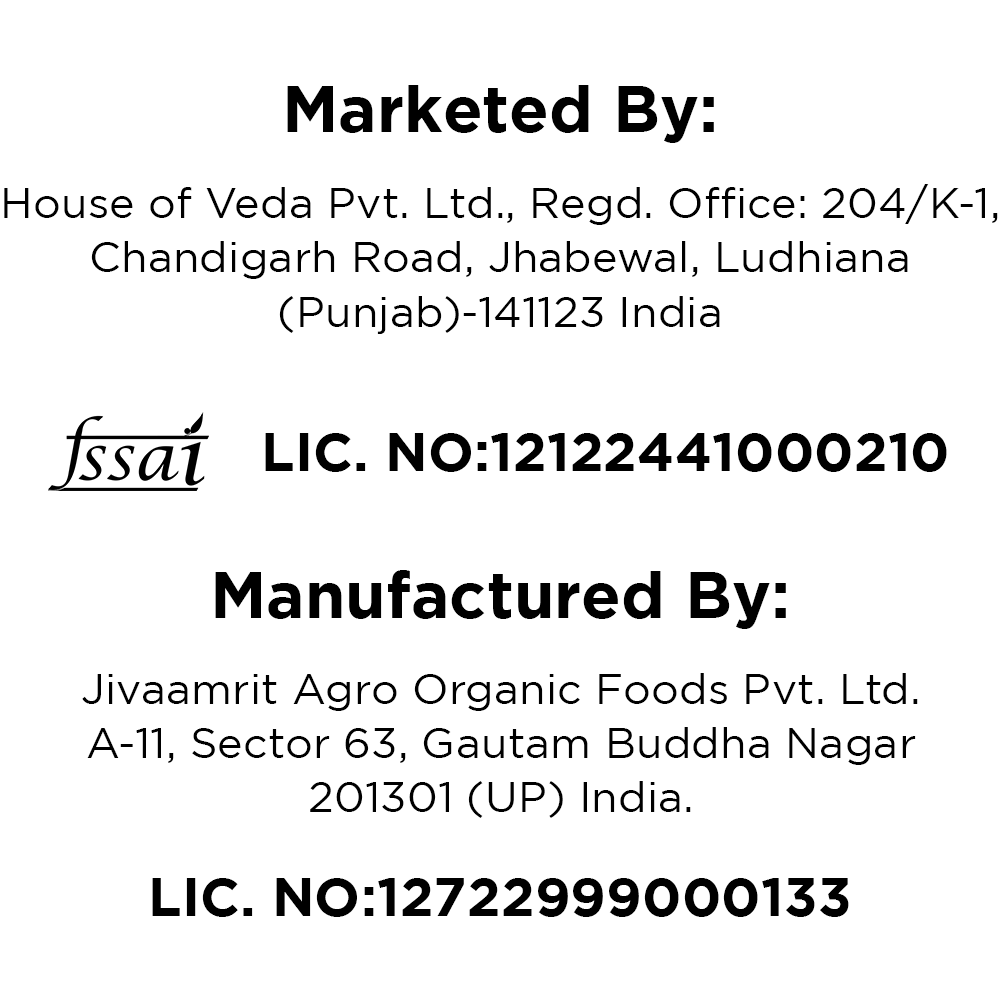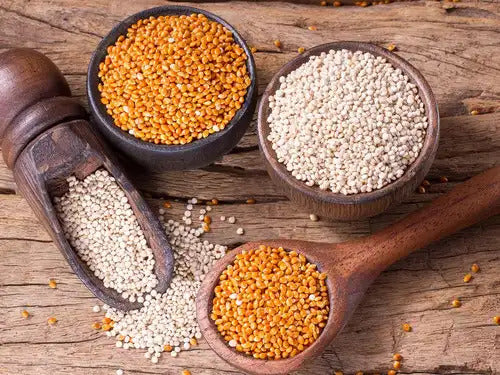
Millet vs Quinoa: Which is Better for Your Health?

Introduction
When it comes to selecting a super delicious and healthy grain, we choose between millet and quinoa. Both grains are popular and offer nutritional benefits. Millets and quinoa both share similarities and have distinct features, which make them poles apart.
In fact, the Indian Government and the United Nations declared millets the 2023 grain and promoted their healthy impact on the diet. Millets, such as Jowar, Kuttu, ragi, Bajra, and Rajgira, are rich in energy and nutrition, offering numerous health benefits.
While both grains provide food security and environmental sustainability, they also have different nutritional profiles. This article will compare millet and quinoa, helping you decide which is better for your health and diet.
What are Millets? A Native Superfood in India
Many people still believe millet and quinoa are the same grain, but this is not true. The most important question: Is quinoa a millet? No, millets are small grains that are a source of vitamins and minerals. It is gluten-free and is a staple food of different communities in India.
For instance, Korralu, also known as Foxtail millet, has its own unique nutritional benefits that make it stand out from quinoa. Millets are highly beneficial, sustainable, and affordable, offering an excellent alternative to grains like quinoa.
Types of Millets:
Pearl Millet
Finger Millet
Sorghum
Kodo Millet
Little Millet
Foxtail Millet
Browntop Millet
This group of millets works as a nutritional bowl. They are a good alternative to crops like maize, rice, and wheat. However, Millets are more beneficial, sustainable, and affordable than grain-like quinoa.
What is Quinoa? A Pseudo-Grain from South America
Quinoa, the latest love of fitness freaks! It is known as a Pseudo-grain from South America. Quinoa is a seed that comes from the Chenopodium quinoa plant and is considered to be one of the most nutritious grains.
Quinoa has been cultivated for 7000 years in the Andes and is known as a sacred crop. Now it is available worldwide. The two main producers are Peru and Bolivia.
It has attained global recognition because of its health benefits and high nutrient content. Even the UN has declared 2013 the year of Quinoa. The gluten-free grain is best for those with wheat or celiac allergy.
Nutritional Comparison - Millets vs Quinoa
|
Basis |
Millets (Per 174g ) |
Quinoa (Per 185 g) |
|
Calories |
207 |
222 |
|
Fat |
1.7g |
4g |
|
Sodium |
3.5mg |
13mg |
|
Carbs |
41.2g |
39g |
|
Fibre |
2.3g |
5g |
|
Sugars |
0.2g |
2g |
|
Protein |
6.1g |
8g |
|
Magnesium |
76.6mg |
118.4mg |
|
Folate |
33.1mcg |
77.7mcg |
Health Benefits of Millets
Millets are a gluten-free, nutritious food source. Here are a few benefits:
Nutrient Profile: Millet is well-known for being a Gluten-Free grain with a sweet taste. It is enriched with Vitamins like thiamine and niacin, Magnesium, antioxidants, and phosphorus.
Culinary Uses: Best for rice substitutes, cereals, and gluten-free baking. It helps to prepare multiple savoury and sweet recipes and gives a crispy texture once served.
Cooking Time: It usually takes 20 to 25 minutes for preparation. But still, it totally depends on the recipes you are preparing.
Health Benefits of Quinoa
Quinoa is a powerhouse of protein, making it an excellent option for those looking for plant-based protein. Its key benefits include:
Protein: A perfect healthy bowl of nutrition for vegans and vegetarians. It includes all the essential amino acids that make your protein content complete.
Nutrients: Some other nutrients in Quinoa are magnesium, iron, phosphorus, and potassium.
Taste and Texture: It gives a fluffy and nutty flavour, which makes it a versatile grain for preparing pilafs, salads.
Millet vs Quinoa
Check out the difference between the two
|
Factor |
Millet |
Quinoa |
|
Nutritional Profile |
Rich in Protein, high fibre, magnesium, folate, and Iron. It is rich in antioxidants |
Complete protein food. Rich in calcium, fibre, and vitamins. |
|
Appearance |
Round, seed, and small in size |
Oval, round, or elongated grains. It has different colours and sizes. |
|
Culinary Use |
Mildly sweet, Chewy. It is used in baking, side dishes, and is a great munching, healthy snack. |
Nutty and Mild taste. It is used as a versatile grain in soups, fries, and desserts. |
|
Health Benefits |
Helps in weight loss, is good for regulating blood pressure, reduces stress and inflammation, and promotes a healthy heart rate. |
Best for muscle repair and growth, maintains cholesterol levels, energy production, and maintains sugar levels. |
|
Taste and Texture |
Nutty and sweet taste. Soft and light in texture. |
Creamy and mild taste. Tate likes oats and brown rice. |
|
Shelf Life |
Shorter shelf life due to higher oil content. |
Longer shelf life due to less oil. |
Which is Better? Millet or Quinoa
Both millet and quinoa are healthy protein-rich sources, and each has its unique advantages. Millet is more versatile in cooking and offers a wider variety of options. The choice between the two depends on individual preferences and dietary needs. Both grains are highly nutritious and can be incorporated into a healthy lifestyle.
Conclusion
Whether you opt for millet or quinoa, both grains are powerful, nutritious foods that benefit your health. Millet is more versatile and widely available in India, while quinoa is known for its protein content and suitability for gluten-free diets. If you're looking for a super grain, both millet and quinoa are excellent choices for a healthy, balanced diet.
FAQs
Can I eat both millet and quinoa daily?
Yes, it is preferable to eat both grains daily. They both are healthy and versatile, and are beneficial to have. It contains a variety of vegetables, fruits, and grains.
Which one is better for thyroid patients?
Quinoa is considered a better choice than millet, though both are nutritious. Quinoa is rich in amino acids and does not contain goitrogens, which can create problems in thyroid function.
Is quinoa a millet or a seed?
Quinoa is a seed, not a millet. It is known for being a millet because of its uses and nutritional benefits.
Are quinoa and rajgira the same?
No rajgira and quinoa are not the same, they have similar nutritional properties and are gluten- free.
House of Veda stands by the V-E-D-A principles. Every blog we write and every product we offer is built on Verified Experience and Expertise. We are committed to Dependability and Authenticity, ensuring that our community receives nothing but the best in organic wellness."
"V-E-D-A" (Experience, Dependability, Authority, and Authenticity)


